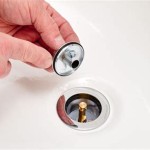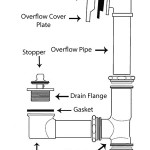Convert Bathtub to Shower: A Comprehensive Guide
Transforming a bathtub into a shower provides both functional and aesthetic benefits, enhancing accessibility and modernizing your bathroom space. Whether you prioritize ease of use for elderly or disabled individuals, prefer the invigorating sensation of a shower, or simply seek a more contemporary look, converting your bathtub to a shower is a worthwhile project.
Before embarking on this conversion, it is crucial to assess the feasibility of the project. Older bathtubs, particularly those made of cast iron, may present challenges due to their weight and potential structural issues. Consulting a qualified plumber or contractor is highly recommended to ensure the safety and functionality of the conversion.
The conversion process typically involves removing the existing bathtub, installing a shower pan or base, and connecting necessary plumbing fixtures. Shower pans come in various materials such as acrylic, fiberglass, or tile, each with its own advantages and disadvantages. It is important to select a material that meets your budget, style, and durability requirements.
For added comfort and safety, consider installing grab bars or a shower seat. These features enhance stability and prevent falls, especially for individuals with limited mobility. Additionally, incorporating a handheld showerhead provides flexibility and convenience during bathing.
By meticulously following these steps and incorporating thoughtful design elements, you can successfully convert your bathtub into a stylish and functional shower that meets your specific needs and preferences. Enhance the accessibility, aesthetics, and overall enjoyment of your bathroom space with this transformative project.

Bathtub To Shower Conversion Safe Bathroom For Seniors

The Pros And Cons Of Converting A Standard Tub Into Walk In Shower Naperville

Top 4 Benefits Of Tub To Shower Conversion Silverado Showers Llc

Bathtub To Shower Conversion Safe Bathroom For Seniors

Tub To Shower Conversion Bath Remodel Ez Pro Baths

Convert Shower To Bath Tub Conversion Planet

Tub Conversions To Shower Conversion Bath Planet

Tub To Shower Conversion Long Island Ny Bathroom Buddy

Average Bathtub To Shower Conversion Cost 2024 Forbes Home

Tub To Shower Conversion Living Baths 413 279 1202
Related Posts








